Pleasantville/Briarcliff/White Plains, New York
Representing one of the largest universities in New York State, Pace University is a private metropolitan university with campuses in New York City, Pleasantville, Briarcliff and White Plains that boasts a diverse population of over 13,000 students. Over the years, the University has repeatedly engaged TRC’s expertise to provide creative and effective engineering support for their planning programs and for various development projects across the University’s various campuses.
In conjunction with development of a Generic Environmental Impact Statement for the Pleasantville campus, TRC performed Site/Civil and Traffic Engineering for the long range Campus Master Plan which has enabled the University to provide high quality educational services on its campuses that exceed accepted standards in terms of safety, access and functionality. TRC’s Traffic Engineering services included 20-year projections access various scenarios, special event analysis, and coordination with the New York State Department of Transportation. TRC also conducted various Parking Studies and prepared detailed parking layouts and designs in conjunction with the need for additional parking.
In addition to our involvement with on-going Campus Master Planning efforts, TRC has performed Engineering Services for various development projects at the Pleasantville Campus, including Site Plans for the Health and Fitness and Goldstein Centers; developed parking modifications for the Briarcliff campus; and prepared site plans and parking layouts for the University’s Law School located on the White Plains campus.
- Client: Pace University
- Project Location: Pleasantville/Briarcliff/White Plains, New York
Relevant Services
Related Projects
Discover the success we’ve had with helping our clients execute major projects and make a meaningful impact on their local communities.

UST Decommissioning and Remediation for Residential Properties
TRC performed extensive environmental investigations and remedial actions at several contaminated in-town properties in Port Gamble, Washington.
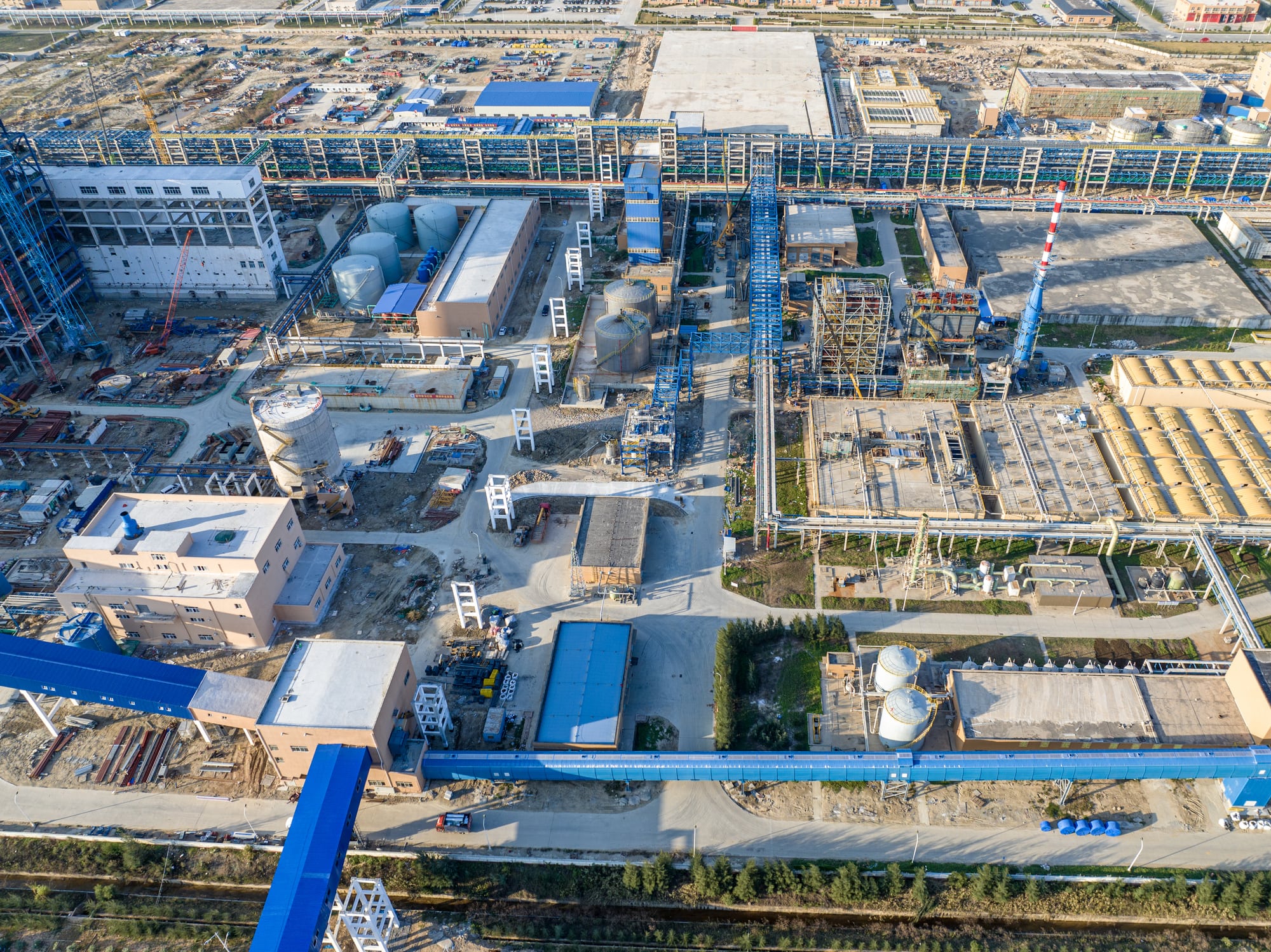
Site Characterization and Remediation for Urban Redevelopment Project
TRC retained just prior to breaking ground to aid in the soil characterization, waste disposal support, and over-arching regulatory approach …
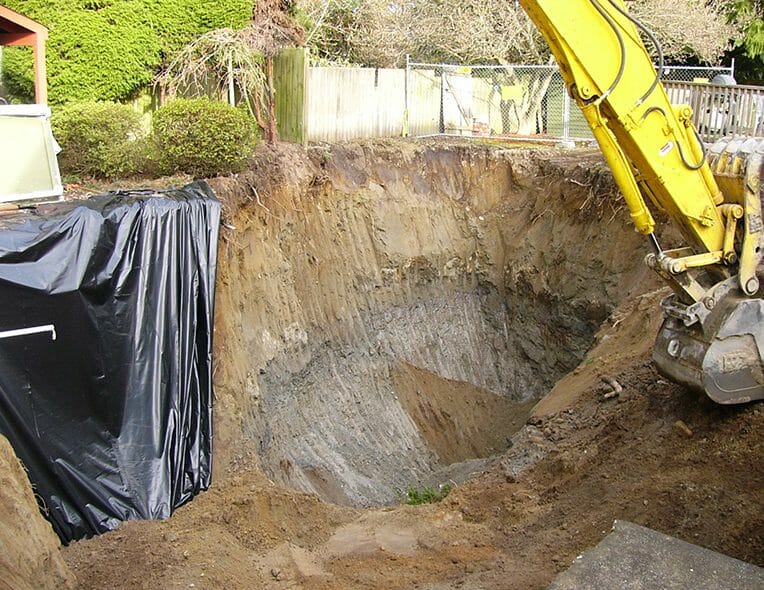
Underground Storage Tank Clean Up in Residential Neighborhood
TRC was retained by an insurance company for one of the property owners to perform a site investigation to assess …
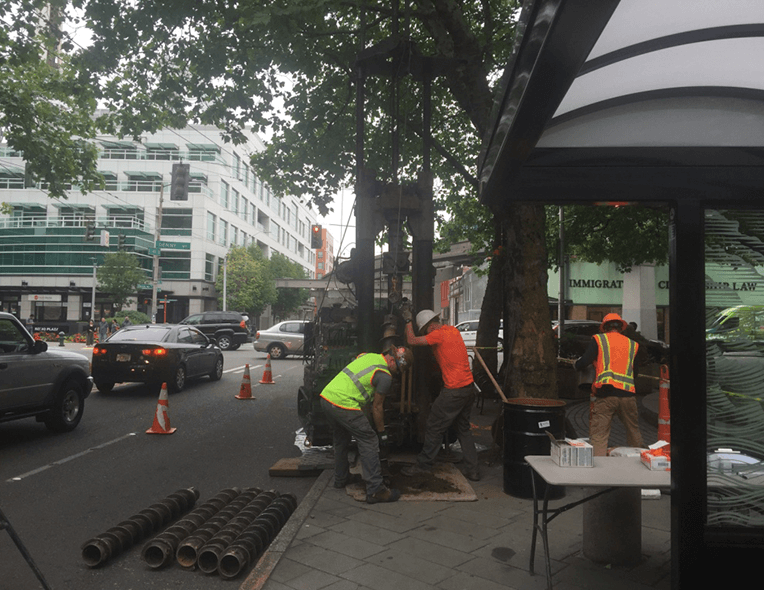
Remediation Strategies for Residential High-Rise
TRC was retained to investigate diesel-range organic compounds in soil, groundwater, and indoor air following a release from a home …
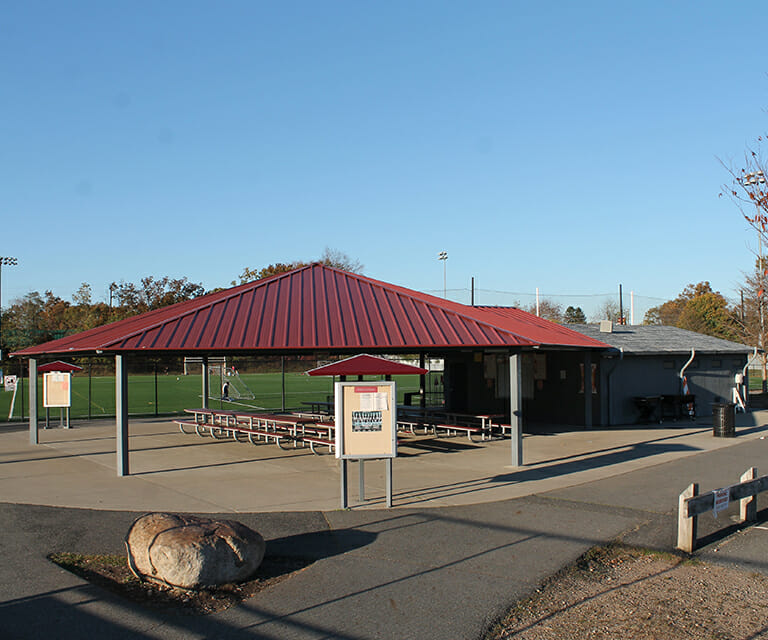
Redevelopment of National Standard Brownfield Site
National Standard operated a steel manufacturing plant on a 35-acre property that included an on-site coal gasification plant and landfill. …

Stepping Up after Hurricane Sandy: World Trade Center
Learn how TRC sprang into action to keep construction at the World Trade Center on schedule after Hurricane Sandy struck …
Sharing Our Perspectives
Our practitioners share their insights and perspectives on the trends and challenges shaping the market.

Updating Your Emergency Preparedness Plan
August 8, 2023
This article discusses the importance of updating emergency preparedness plans for industrial, commercial and public facilities. Many regulations require these plans, but they often lack updates to address newer threats, technologies and best practices.

New Jersey Implements Landmark Environmental Justice Regulations
August 2, 2023
A new landmark Environmental Justice (EJ) law is now effective in New Jersey following a lengthy rulemaking process surrounding the New Jersey Department of Environmental Protection’s (NJDEP) Administration Order (AO) No. 2021-25. It is the first rule of its kind and the strongest EJ regulation in the nation.
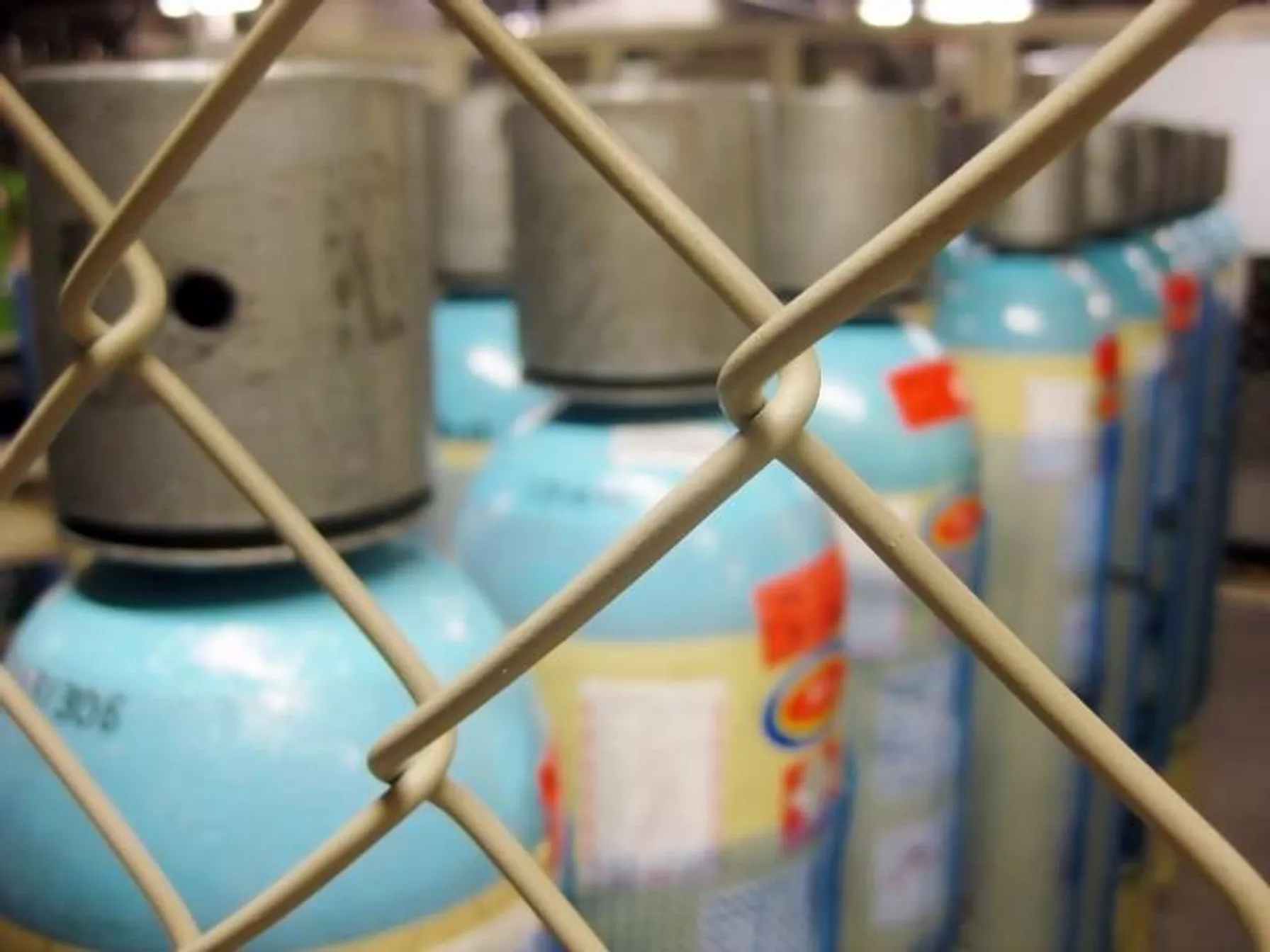
Security Stew: How to Follow the Federal Regulatory Recipe for Safe Chemical Storage
September 19, 2017
Three different federal agencies regulate the storage of chemicals at facilities in the United States – and each for different reasons. Learn about the various rules from the alphabet soup of agencies (DHS, EPA and OSHA) involved and how to keep your business compliant.

New Paper Examines PCBs in the Built Environment
October 22, 2013
A new paper from the AIHA reviews the issue of PBCs in buildings, evaluates the exposure potential for building occupants, and identifies gaps in the current knowledge base that would help occupational and environmental health professionals better understand the associated public health risks.

Empowering Stakeholders to Co-Create Solutions that Address Inequity
April 23, 2024
Addressing inequality and ensuring that the benefits of the clean energy transition are accessible to all requires close examination of long-relied-upon processes that may have hidden inequities ingrained within them.

Vapor Intrusion Mitigation – Let Me Count the Ways
March 2, 2020
Industry’s increased focus on vapor intrusion has escalated to the point where we regularly receive calls from clients saying, “Help! I have a vapor intrusion (VI) problem! How much will it cost to fix?” New technologies are emerging, offering multiple methods of mitigating indoor air inhalation risks and meeting increasingly stringent screening levels.

EPA Revises Regulations for Air Conditioning and Refrigeration Equipment
March 1, 2018
The EPA’s has revised its regulations regarding ozone-depleting refrigerant. Learn more about the new rules, which go into effect in 2019.

Security Stew: How to Follow the Federal Regulatory Recipe for Safe Chemical Storage
September 19, 2017
Three different federal agencies regulate the storage of chemicals at facilities in the United States – and each for different reasons. Learn about the various rules from the alphabet soup of agencies (DHS, EPA and OSHA) involved and how to keep your business compliant.








